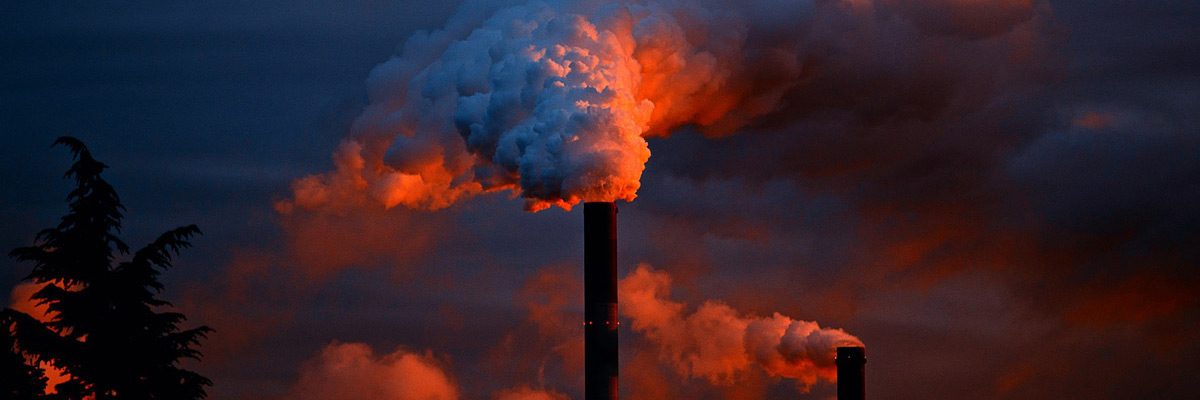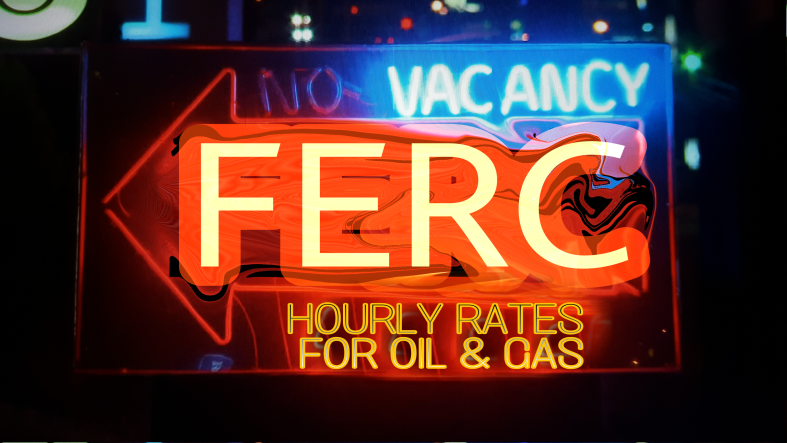Chernobyl and Fukushima released a lot of radiation. People died from the severe radiation released just after the accident, but “mild” consistent radiation is not dangerous to animals though it may have mild effects on adults and bigger effects on children. But the idea that a major radiation release would create one eyed giant humans or fire breathing dragons like wadzzilla is really remote. The fear of radiation has done some pretty amazing things for the environment, however.
https://getpocket.com/explore/item/8-facts-about-the-animals-of-chernobyl?utm_source=pocket-newtab
8 Facts About the Animals of Chernobyl
Researchers thought the site of the 1986 Chernobyl disaster was unable to support life. But a bunch of wolves, deer, wild boars, bears, and foxes disagree.
- Claudia Dimuro
Three decades after the Chernobyl disaster—the world’s worst nuclear accident—signs of life are returning to the exclusion zone. Wild animals in Chernobyl are flourishing within the contaminated region; puppies roaming the area are capturing the hearts of thousands. Tourists who have watched the critically acclaimed HBO series Chernobyl are taking selfies with the ruins. Once thought to be forever uninhabitable, the Chernobyl Exclusion Zone has become a haven for flora and fauna that prove that life, as they say in Jurassic Park, finds a way.
1. The Animals of Chernobyl Survived Against All Odds
The effects of the radioactive explosion at the Chernobyl nuclear power plant on April 26, 1986 devastated the environment. Around the plant and in the nearby city of Pripyat in Ukraine, the Chernobyl disaster’s radiation caused the leaves of thousands of trees to turn a rust color, giving a new name to the surrounding woods—the Red Forest. Workers eventually bulldozed and buried the radioactive trees. Squads of Soviet conscripts also were ordered to shoot any stray animals within the 1000-square-mile Chernobyl Exclusion Zone. Though experts today believe parts of the zone will remain unsafe for humans for another 20,000 years, numerous animal and plant species not only survived, but thrived.
2. Bears and Wolves Outnumber Humans Around the Chernobyl Disaster Site
While humans are strictly prohibited from living in the Chernobyl Exclusion Zone, many other species have settled there. Brown bears, wolves, lynx, bison, deer, moose, beavers, foxes, badgers, wild boar, raccoon dogs, and more than 200 species of birds have formed their own ecosystem within the Chernobyl disaster area. Along with the larger animals, a variety of amphibians, fish, worms, and bacteria makes the unpopulated environment their home.
:}
Go there and read. More next week.
:}

